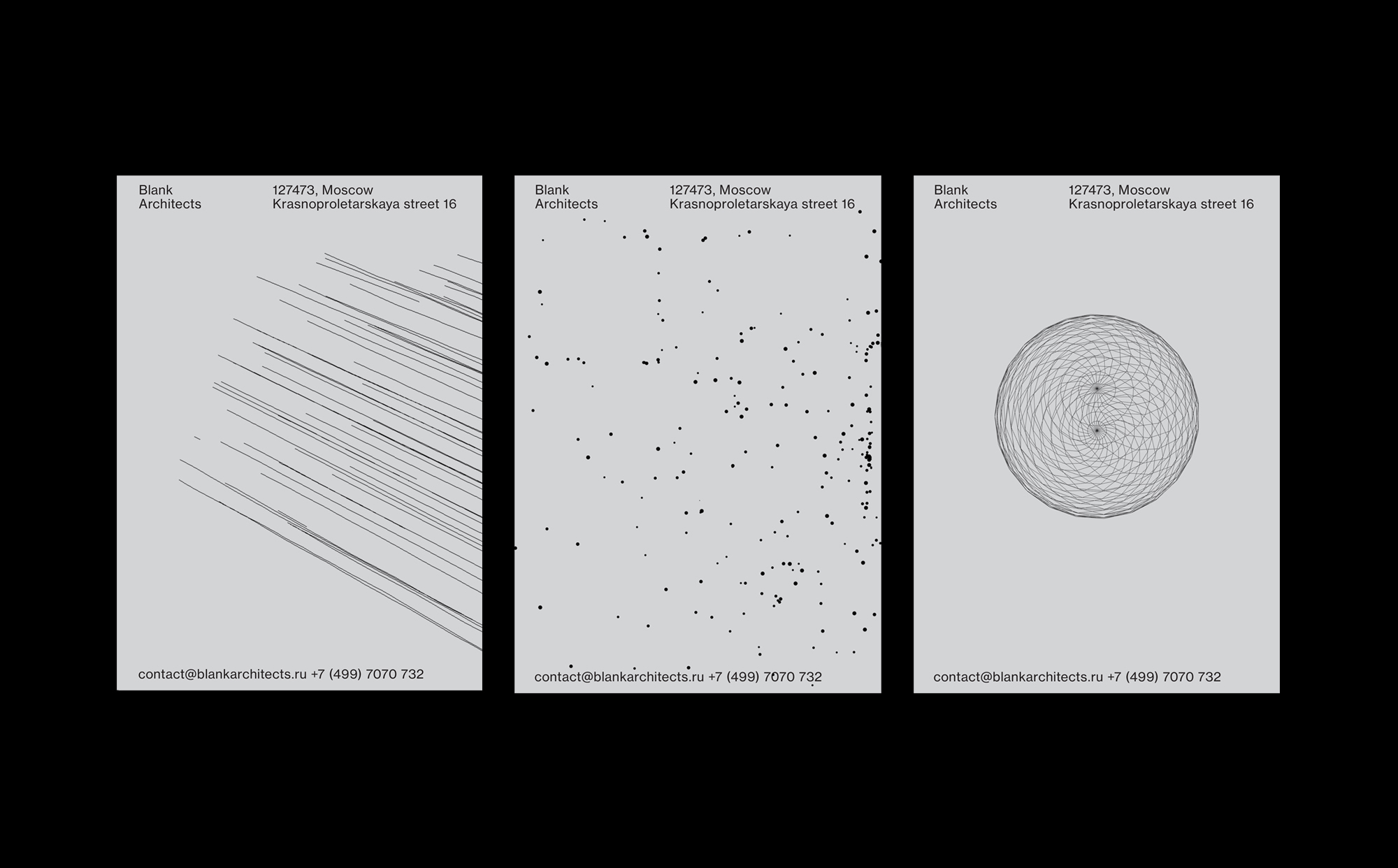From chaos to order
There is no such thing as either man or nature now, only a process that produces the one within the other and couples the machines together.
— Gilles Deleuze & Felix Guattari
Category→
Architecture
Work→
Visual identity, UX/UI, interactive design, art direction
Awards→
European Design Awards, Visuelt
Client→
Blank Architects
Challenge
When the Moscow based architects Blank asked us to create their new visual identity and website, it also came with another intriguing request: Not only did they want us to develop an identity that reflected their body of work and their company, they wanted us to help them reach out to new and existing partners by highlighting their willingness to experiment and to innovate, communicating their attitude towards nature, process and architectural principles. This way the new identity needed to serve as a doorway into more cultural and intellectual projects.
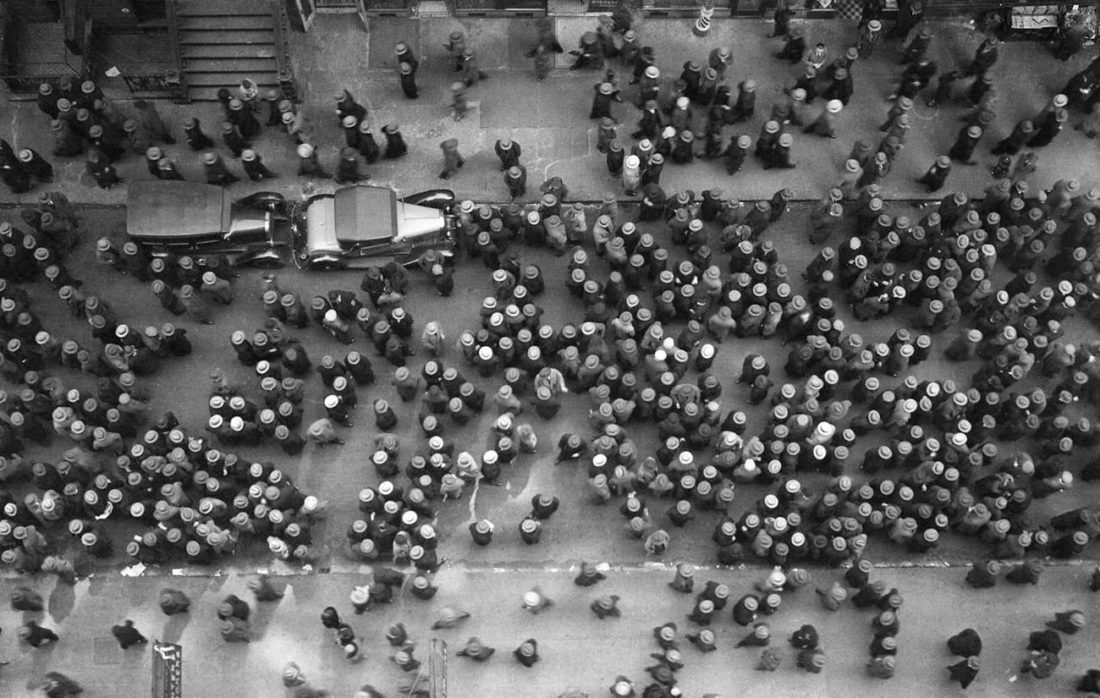
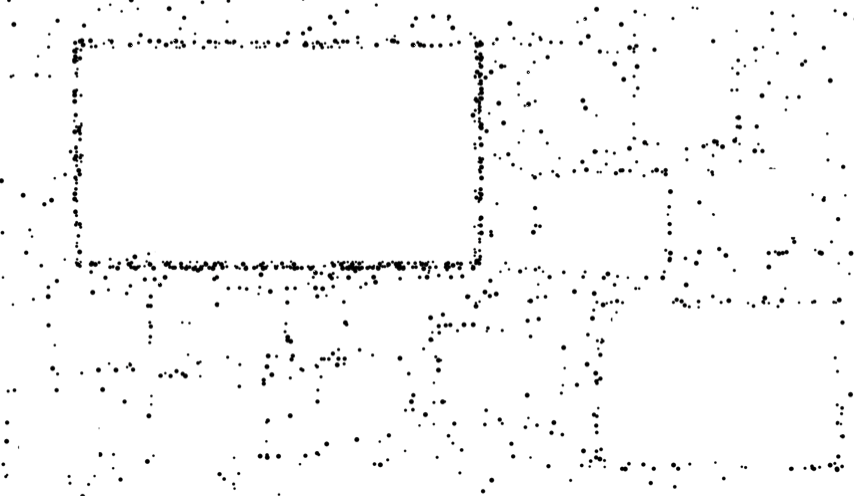

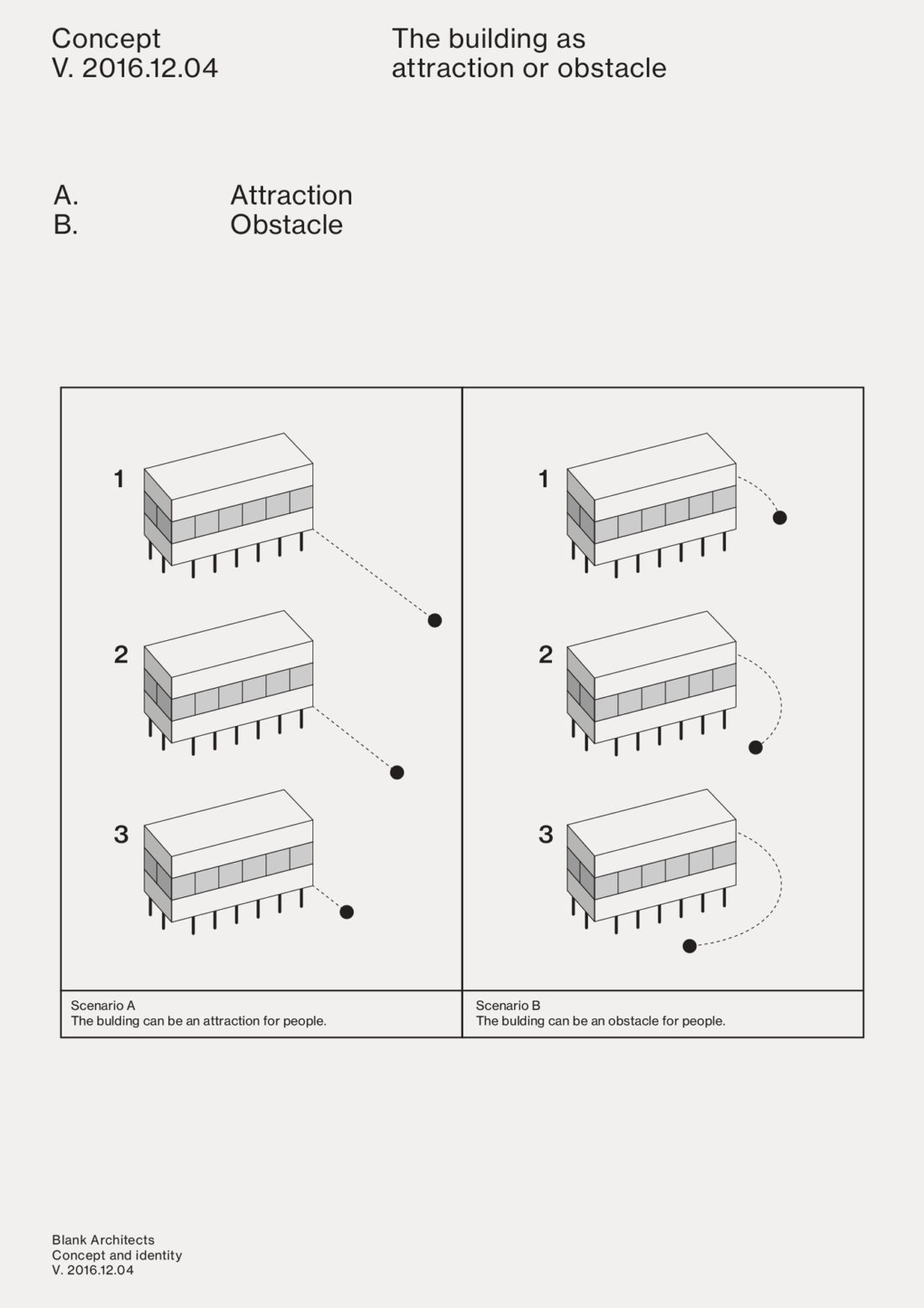
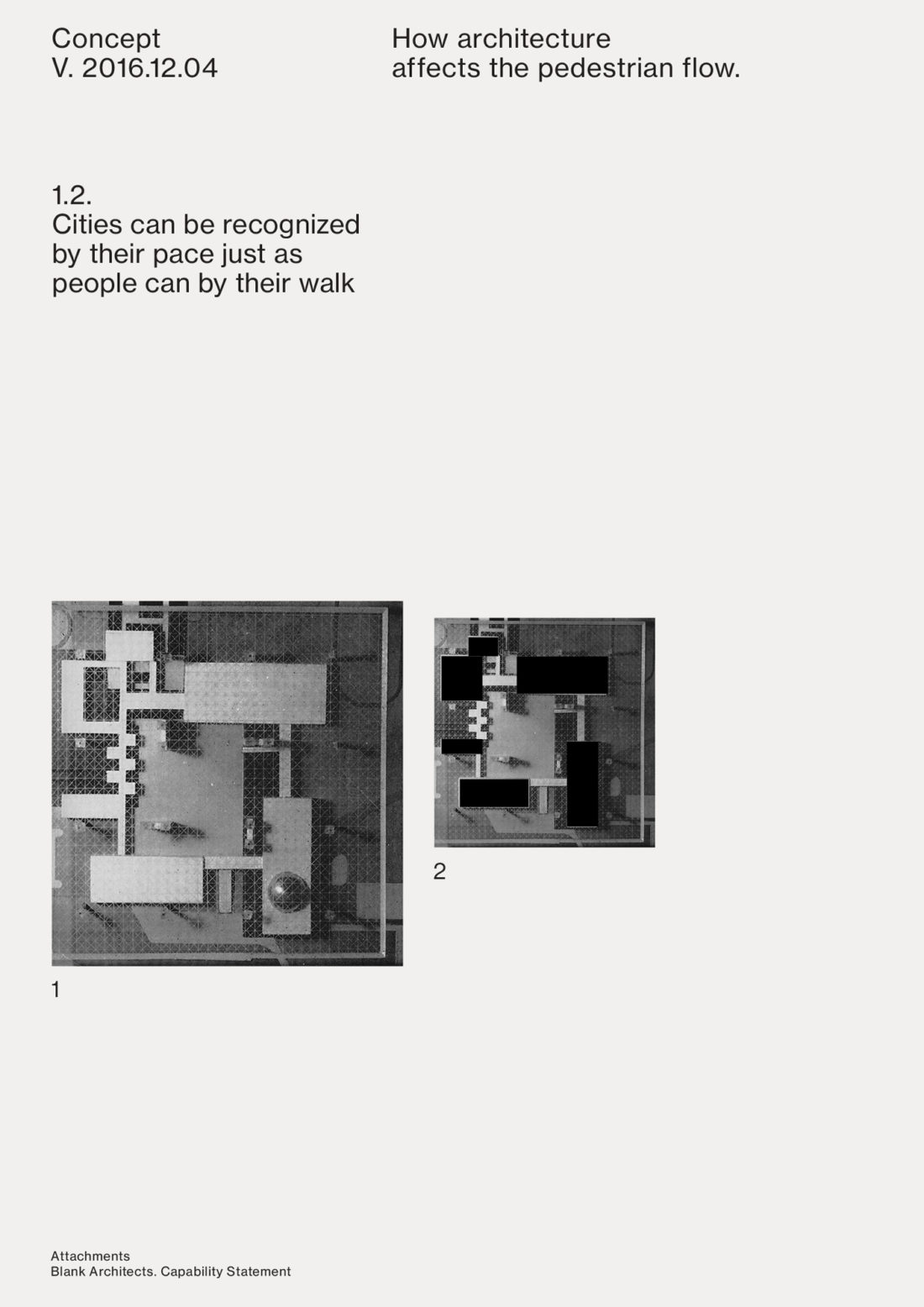
From chaos to order
Being both environmentally aware and drawn towards the modern and the futuristic, it was clear from the outset that the new identity needed to reflect both the organic and the clear-cut technical, on printed matter as well as the digital surfaces. We started early in the process to think of ways to infuse code with design and how to create visual links between modern architecture, experimental thought and nature.
When constructing the logo, we focused on the name Blank as the idea of perfection, as in the quote by Samuel Beckett: 'At the end of the day, my last work will be a Blank piece of paper'. Furthermore, like Beckett, we intended this clean and proper foundation to contrast with the wild, untamable forces of nature and thought, illustrating how the functional must always emerge from a reduction of chaos to order. Simultaneously, this reduction implies an understanding of chaos that can only be obtained by relentlessly and ceaselessly venturing through it—which serves as a golden thread throughout the new Blank profile.
The straight and uncompromising aesthetic of the logo and the stationary makes room for a series of code-generated pieces that can be implemented in conjunction on both web and print.
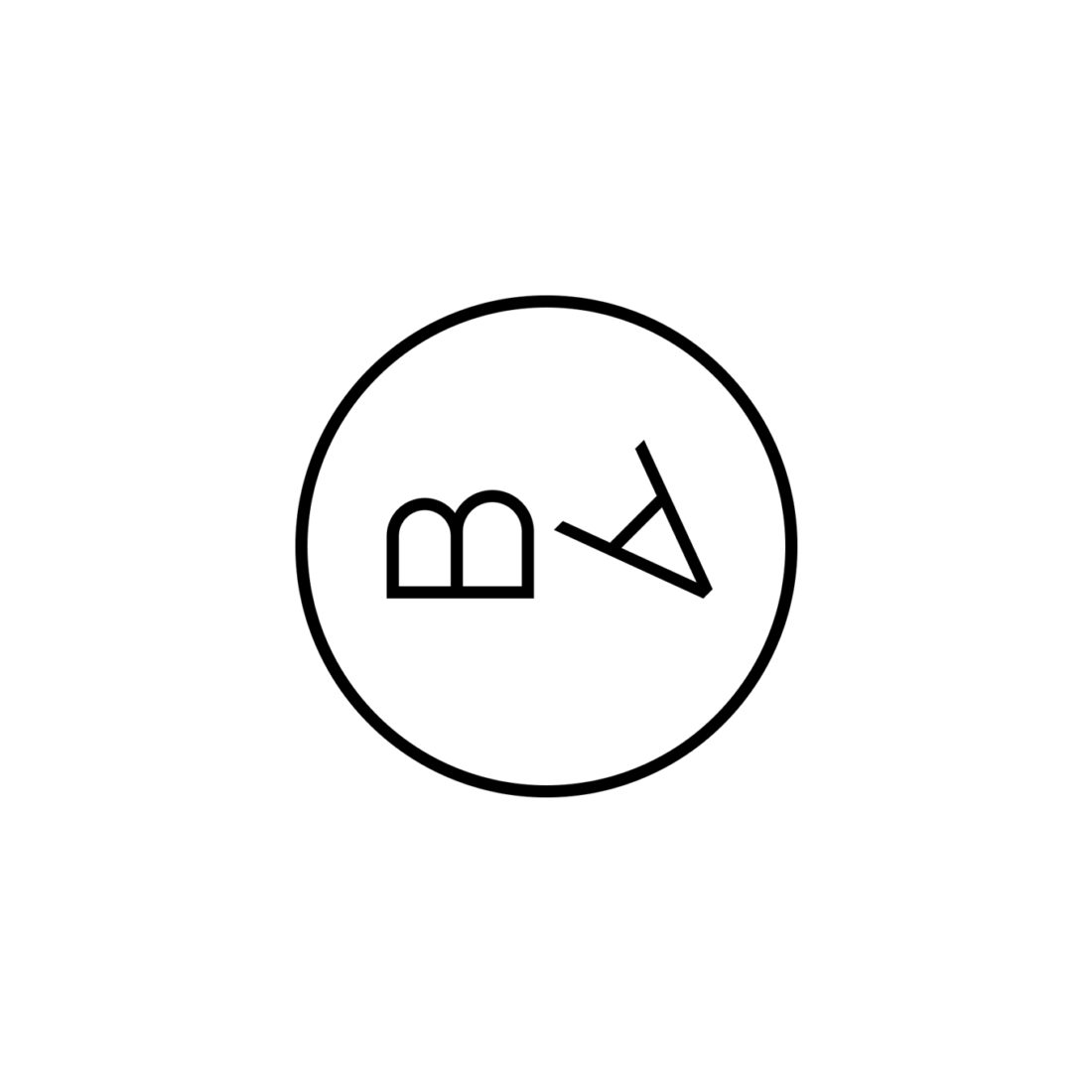
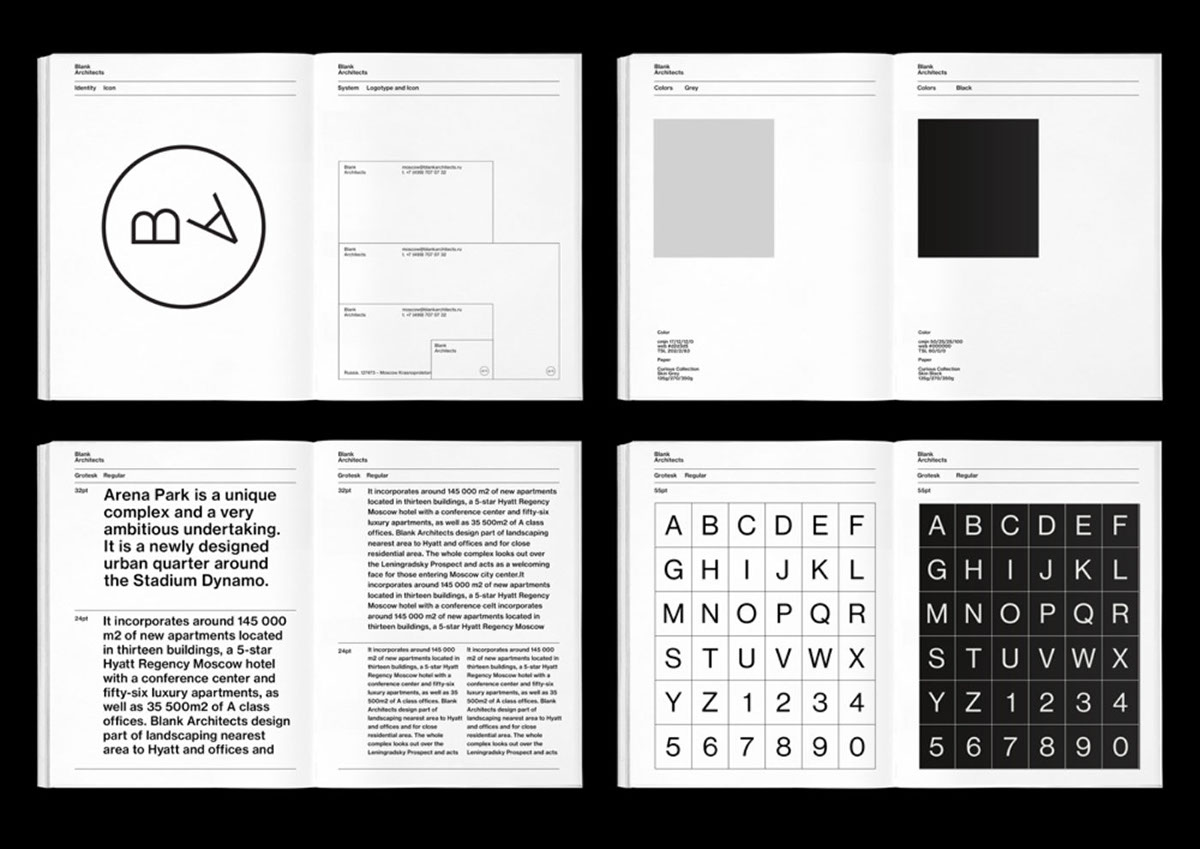
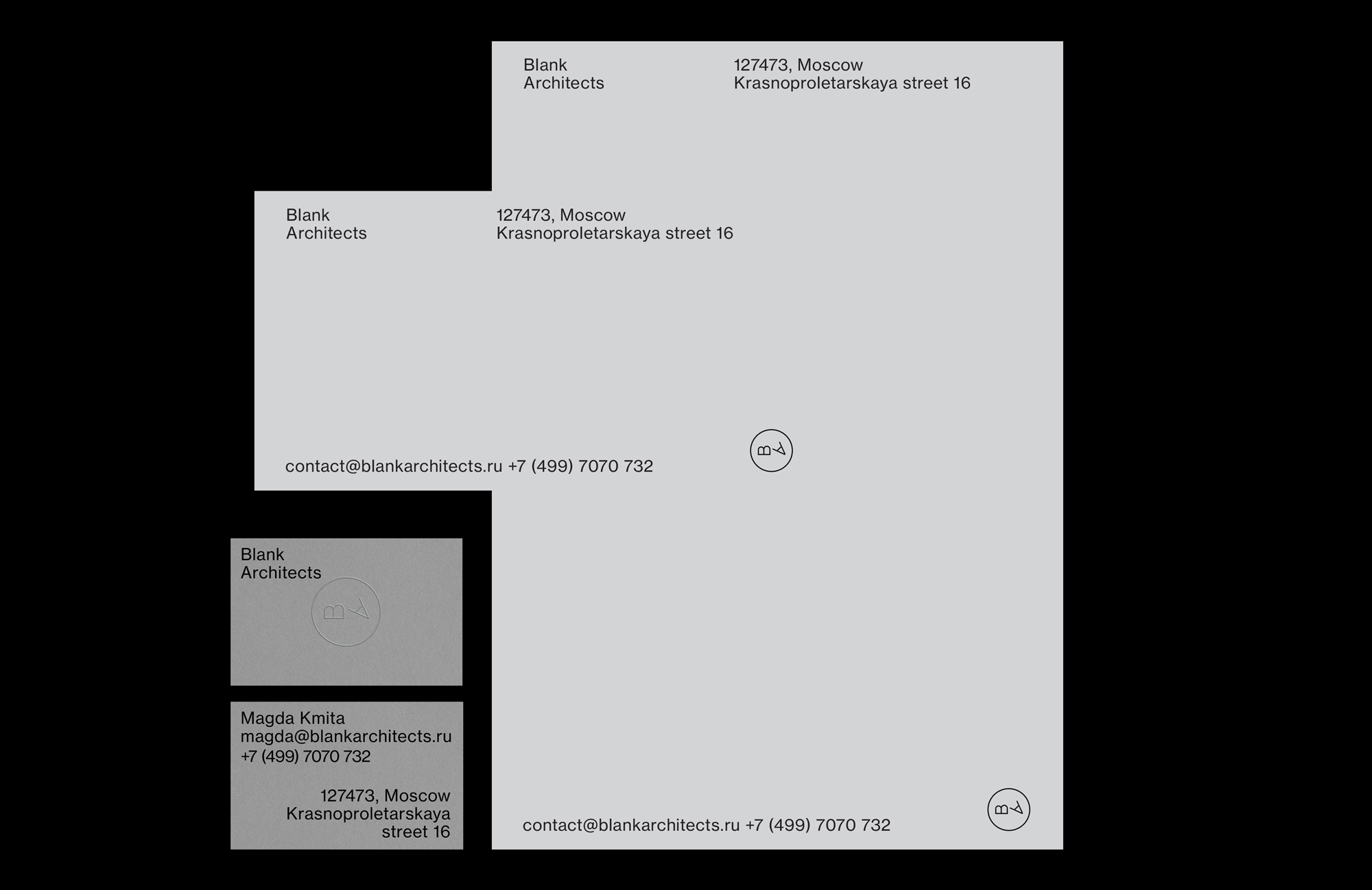

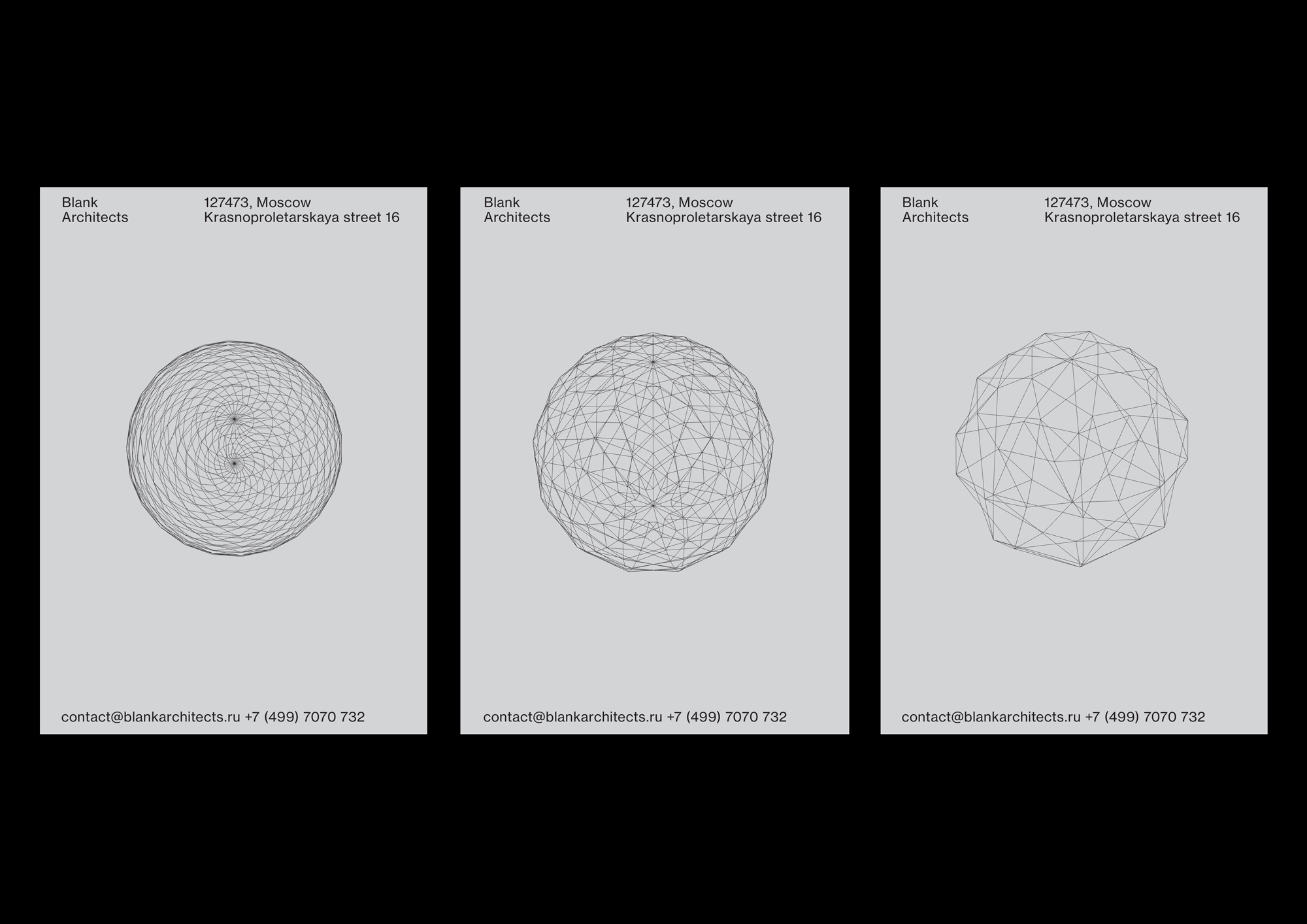
Line of Flight
A line of flight is a concept developed by the French philosopher Gilles Deleuze, where, in its more accurate original wording «ligne de fuite», expresses something that is not just fleeing but also leaking, flowing, disappearing into the distance. This assumes significance when we approach the subject of multiplicities, which in Deleuzian terms signifies a complex structure that does not reference any prior unity; no supplementary dimension over and above its number of lines.
Multiplicities are defined by the outside, as is explained with Felix Guattari in Mille Plateaux: «by the abstract line, the line of flight or deterritorialisation according to which they change in nature and connect with other multiplicities. The plane of consistency (grid) is the outside of all multiplicities».

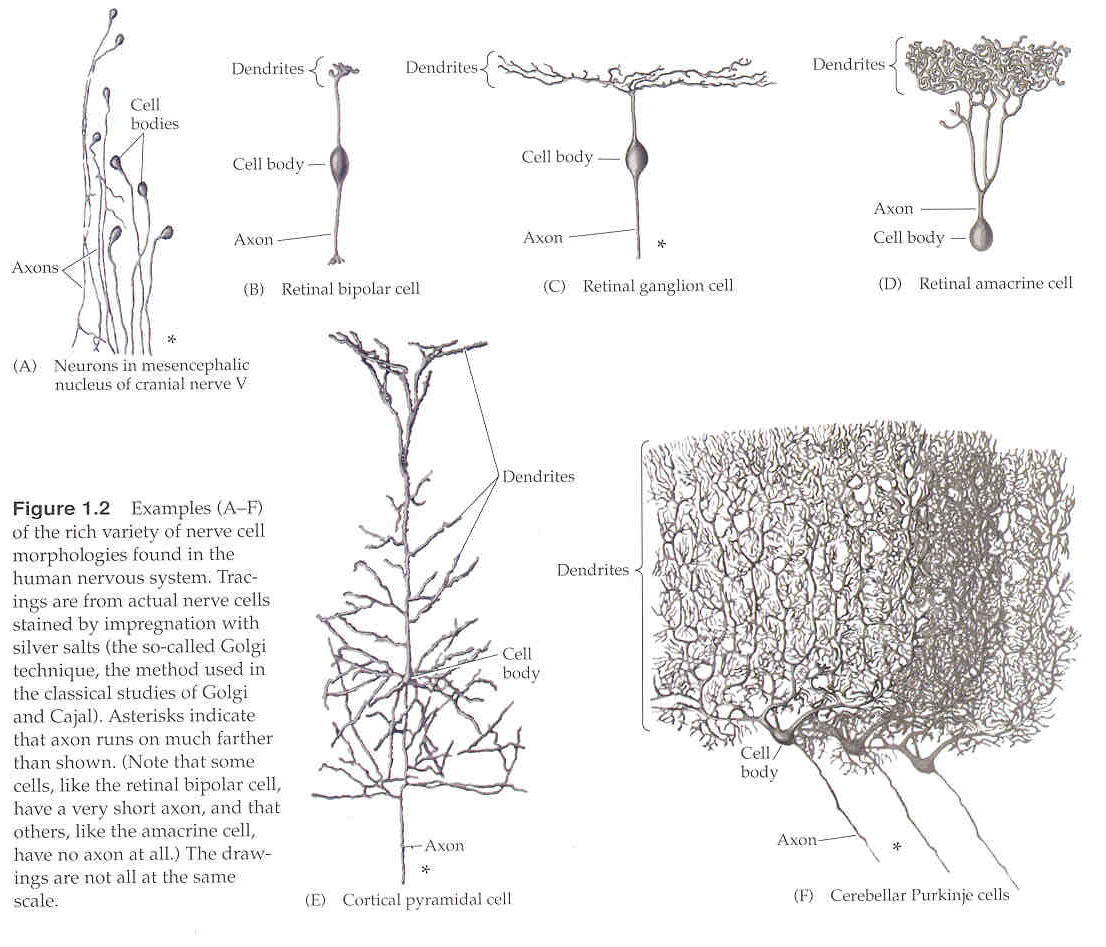
The line of flight then marks the transformation of the multiplicities by their flattening on a single plane of consistency or exteriority, opening up for a new supplementary dimension. This paves the way for another Deleuzian concept, the rhizome, indicating the free flow of information and fully flexible organization, as opposed to that of the tree structure:
The tree and root inspire a sad image of thought that is forever imitating the multiple on the basis of a centred or segmented higher unity. This is evident in current problems in information science and computer science, which still cling to the oldest modes of thought in that they grant all power to memory or central organ.
From this we developed a generative piece that produces parallel lines by flattening points to a [0,0,0] value, pushing its boundaries by expanding its points incrementally one by one. Although it would visually look as if a new point is added to the tip of the line, all points are moving at all times, getting dragged into the distance by its neighbour.
Pedestrian flow
One striking aspect of large scale public architecture is how it can affect the pedestrian flow around it, as it serves both as attraction and obstacle. Whether it is seen as one or the other might also depend on the time of the day, the month or the year, the rises and drops of temperature, as well as the characteristics of the adjacent structures and whatever else flows through or past. This notion was beautifully captured by Robert Musil, in his book The Man Without Qualities: Even though the peculiar nature of this noise could not be defined, a man returning after years of absence would have known with his eyes shut that he was in that ancient capital and imperial city Vienna. Cities can be recognised by their pace just as people can by their walk.
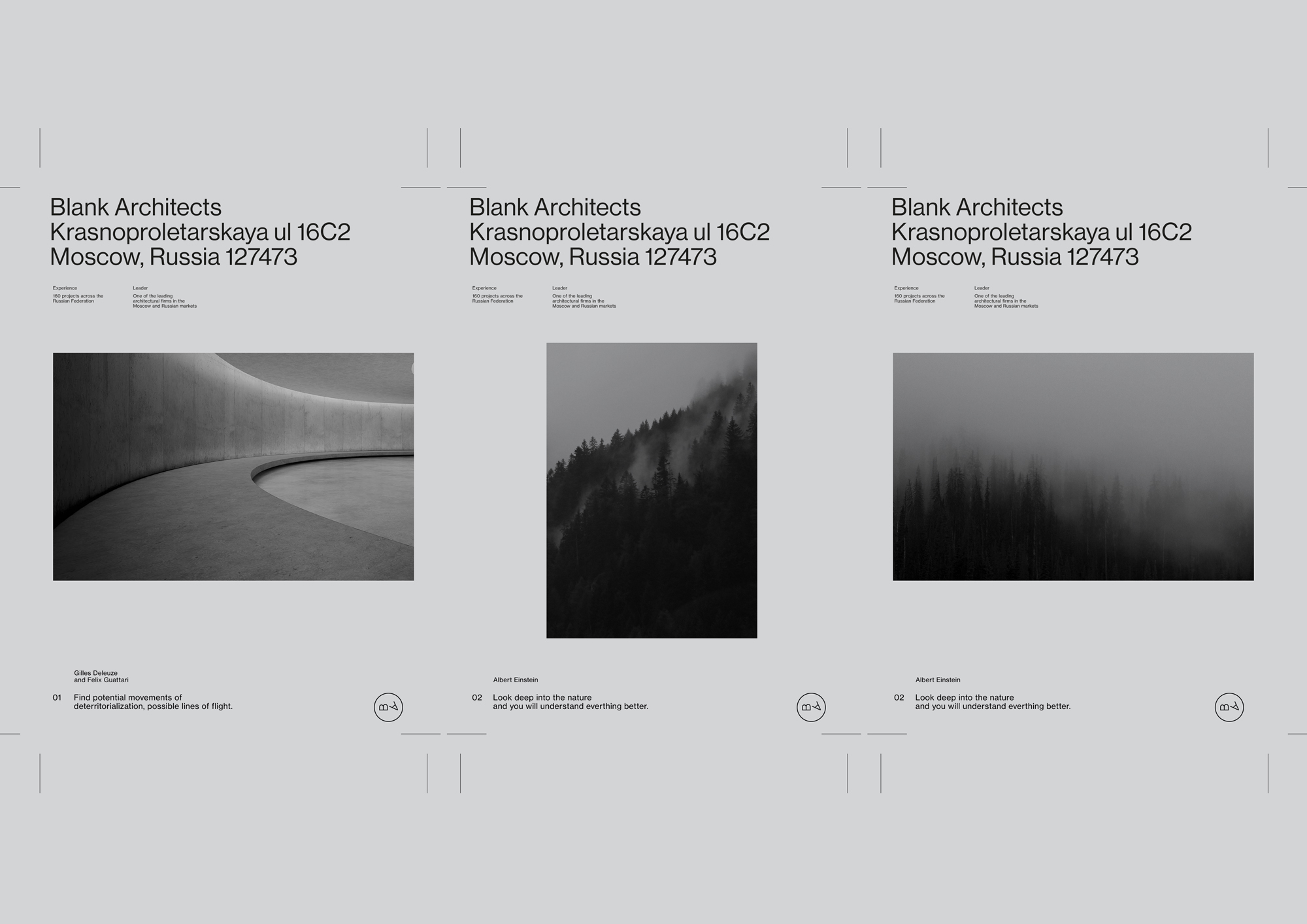
Look deep into nature
We created another generative piece inspired by the human mind's ability to observe patterns and structures in nature, with representational ideas of numbers, geometry, sequences and patterns. As far as science is a means of investigating and understanding, there is also that highly creative aspect of constructing with incomplete knowledge, building with what we have—in order to reach sufficient proximity.
Now I was making my way through the garden. There was that strange light which follows a day of persistent rain when the sun comes out and the sky clears too late to be of any use. The earth makes a sound as of sighs and the last drops fall from the emptied cloudless sky. A small boy, stretching out his hands and looking up at the blue sky, asked his mother how such a thing was possible. Fuck off, she said.
— Samuel Beckett, The End (1946)
We wanted to illustrate this creative process of constructing with representational ideas by showing a process where a sphere is built by creating and joining triangles. We took the Albert Einstein quote "Look deep into nature, and you will understand everything better" and tied it to the generative piece in a way that, for every character of the quote that gets typed, a certain amount of triangles will be allowed, and we will attempt to create a sphere from this limitation.
